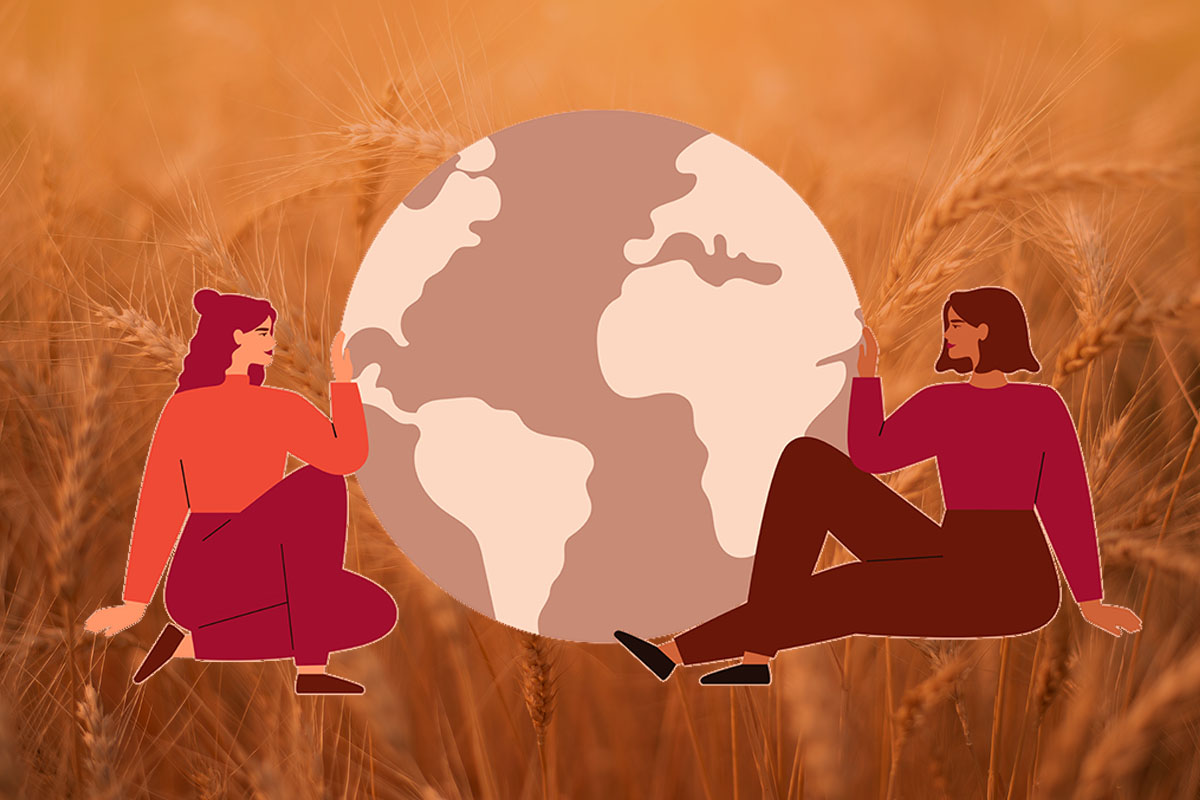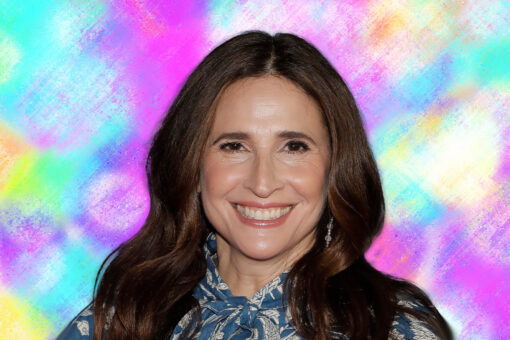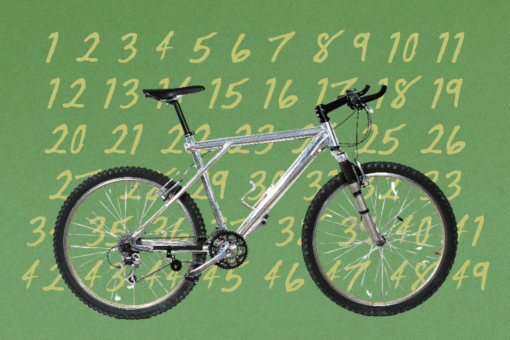You may know Shavuot as the holiday that comes after Passover (seven weeks after, to be exact — this year it begins the evening of May 28), or maybe you know that it has something to do with eating dairy. For many secular American Jews, Shavuot is not high on the list of Jewish holidays to look forward to. But I promise this ancient harvest festival is very much worth your attention, if not for the Book of Ruth, if not for honoring the reception of the Torah, if not for literally staying up all night eating cheesecake, then for its attention to both the stories of women and our environment.
Shavuot marks a few things. It celebrates the spring harvest as well as when God gave the Torah at Mount Sinai. Its affiliated text, the Book of Ruth, is one of my favorite parts of the holiday. This story stands out not only because it features a female protagonist — rare for bible stories — but two independent women making their own choices throughout. What’s more, this story occurs during the spring harvest, which is part of the reason we read it for Shavuot. Between the feminist themes and ringing in the spring harvest, the Book of Ruth lends itself to an ecofeminist interpretation.
Ecofeminism is the intersection of ecology and feminism where women (and other marginalized groups) and the environment are made analog through their shared oppressor: the patriarchy (duh). French feminist Françoise d’Eaubonne coined the term “ecofeminism” in 1974. The modern movement stems from a series of academic conferences during the late 1970s and early 1980s, when feminist intellectuals met to discuss the intersection of feminist and ecological philosophy.
Later in the 1980s, ecofeminism had grown into a popular movement, thanks in large part to feminist theorist Ynestra King, whose essay “What is Ecofeminism?” appeared in The Nation. Her 1995 essay “The Ecology of Feminism and the Feminism of Ecology” further delves into the overlap and analog between women and nature. Ecofeminism has evolved to embody different schools of thought, such as some ecofeminists who embrace an association between women and nature while others eschew it.
But let’s get back to the Book of Ruth and the family at its crux. Naomi is a Jewish widow whose two sons have died, leaving behind two Moabite (read: not Jewish) wives, Ruth and Orpah. Naomi tells her two bereft daughters-in-law to return to Moab to pursue their own lives. While Orpah complies, Ruth does not, signaling each woman’s freedom to choose her destiny now that there are no men to make their decisions. Ruth insists on not only joining Naomi back in Bethlehem, but adopting Judaism as her own, famously proclaiming: “Do not urge me to leave you, to turn back and not follow you. For wherever you go, I will go; wherever you lodge, I will lodge; your people shall be my people, and your God my God.”
This exchange is monumental, and not only because it solidifies Ruth as one of the most famous Jews-by-choice. Since both these women’s husbands are dead, they are not beholden to anyone, and they can make their own decisions. Ruth willingly devoting herself to Naomi and Judaism is one of the most feminist moments in Jewish lore.
Naomi and Ruth travel to Bethlehem and end up on a plot of land owned by a Jewish man named Boaz, Naomi’s relative by marriage. Ruth’s first impulse is to join the harvest and gather barley from the fields: “Ruth the Moabite said to Naomi, ‘I would like to go to the fields and glean among the ears of grain, behind someone who may show me kindness.’” Boaz notices Ruth, and after learning about her from one of his servants, he grants her permission to stay. She is grateful: “She prostrated herself with her face to the ground, and said to him, ‘Why are you so kind as to single me out, when I am a foreigner?’” Boaz says he’s heard of her kindness to Naomi and her devotion to her newly adopted people. His other acts of kindness include his inviting her to share a meal and keep some barley for herself and Naomi.
The ecofeminist significance here is that a man treats Ruth, an outsider woman, as an equal and demonstrates his kindness through his sharing the land. In “The Ecology of Feminism and the Feminism of Ecology,” King writes, “The ecology movement…attempts to speak for nature—the ‘other’ that has no voice and is not conceived of subjectively in our civilization. … Women are the ‘others’ in human society, who have been silent in public and who now speak through the feminist movement.” Ruth is clearly the other as a non-Jewish woman from a foreign land, which makes it all the more powerful that a stranger opened his arms — and land — to her.
On the other hand, ecofeminism is a product of modern culture in large part because of industrialization, which is so far from biblical times. These days, there is less issue with cultivating the earth, as one does during a harvest, but with demolishing nature to replace it with technology. Another pitfall could be the fact that social class clearly exists in this story: Boaz owns land and servants. Maybe I’m giving him too much credit for being nice to Ruth, to whom he’s connected through Naomi.
How can an ecofeminist reading of Shavuot benefit us nowadays? Ecofeminism in general is crucial as violence against the environment and all marginalized people continues. We can look to Ruth, who so readily tended to nature as a way of tending to her community. We can take a cue from Boaz, who welcomed an outsider and granted her equality by letting her care for their land. We can consider the way you treat the natural world to be the same as how you treat a person. Nature gives us so many harvests to celebrate; there won’t be many more if we don’t take care of the Earth and each other.
Header Image via Ponomariova_Maria/Getty Images and IronHeart/Getty Images.



